If you’re sick and tired of having small, weak arm, and you want to know how to build a pair of big, strong, well-defined biceps and triceps, then you want to read this article.

From elite bodybuilders to gym novices, when asked if they’re satisfied with the size of their arms (if they’re being brutally honest), they’ll say no.
Everyone, male or female, young or old, newbie or advanced trainee, would like to have a better pair of biceps and triceps.
Now, don’t get us wrong, arms aren’t all that matters in terms of aesthetics. After all how many times have you seen a gym bro whose arms are bigger than his legs?
However, anytime you see an individual with a set of well-defined, chiseled, and sculpted arms you know they’re diligent with their training and nutrition.
So, how do you get from your current state of scrawny, weak, prepubescent-looking arms to a pair of arms you can be proud to show off in a stringer tank top?
We’re going to tell you exactly what you need to do to finally get bigger, stronger, more impressive looking arms in 2019.
Let’s get started by first discussing the muscle of the upper arms.
Biceps Anatomy 101
Before you can figure out how best to train the biceps for growth, you need to have a rough understanding of what they are, how they work, and what purpose they serve in the body (aside from making you look good).
The biceps are composed of two muscles (“bi” is a combining form meaning “twice,” “two”), the biceps brachii and the biceps brachialis.
The brachii is a two-headed muscle, comprised of a “long” head and a “short” head, that lie on the upper arm between the shoulder and the elbow. The two heads originate on the scapula and join to form a single muscle belly that joins at the elbow.
The short head assists with shoulder adduction, while the long head assists with abduction if the humerus is rotated laterally. When the origin is fixed, the biceps flexes the elbow, supinating the forearm and pulling it towards the shoulder (i.e. “curling).
When most people think of a bulging bicep, it’s the brachii they’re almost always thinking of, and is the muscle that most exercises emphasize.
But, if you want truly eye-popping biceps, you can’t forget about the biceps brachialis, which lies beneath the brachii and assists it in flexing. In fact, a well-developed brachialis can actually make your biceps look bigger as a while, as it pushes your biceps up, providing a superior peak when flexing. Plus, it also provides more separation between the biceps and triceps.
Triceps Anatomy 101
As the name implies, the triceps is made up of three separate heads:
-
Long head
-
Medial head
-
Lateral head
The long head is the thick meaty portion on the back side of your arm.
The lateral head is the “front” of the horseshoe, and the medial head can be found on the inside of the upper arm and beneath the long head.
All three heads of the triceps insert into the elbow, but their origins differ slightly. The long head originates on the scapula (shoulder blade), while the medial and lateral heads originate on the posterior surface of the humerus (upper arm bone).
The primary function of the triceps is to extend the elbow[1], which if you were paying attention during our biceps anatomy lesson, is the opposite action of the biceps.
But, the triceps aren’t solely involved in elbow extension. Since the long head of the triceps crosses the shoulder joint and attaches to the scapula, it also helps draw the arm behind the body (as would happen in a straight-arm pulldown)
The unique origin of the long head of the triceps also has important implications in regards to how we should train it.
While all three heads of the triceps are involved to some degree in any sort of pressing exercise that entails the extension of the arm, in order to get a maximal stretch on the long head of the triceps, you need to get the arm up overhead.
And, for us to get a peak contraction on the long head of the triceps, you must extend the elbow and get the arm behind the body.
Why is maximal stretch important for muscle growth?
Only after a muscle is fully stretched can all of the muscle fibers be fully recruited. More motor unit recruitment means a higher quality rep. String enough of these high-quality reps together, week after week and you get superior muscle growth.
Furthermore, anytime a muscle is fully stretched it must go through a longer range of motion. Even with small muscle groups like the biceps and triceps, the increased range of motion (however small it may be) compounds over time, yielding greater muscle fiber stimulation and ultimately better results from your training.
How to Get Bigger Arms
Get Stronger
Ever noticed how the best bench pressers in the world also happen to have massive triceps.
That’s not by chance, happenstance, or coincidence.
The simple truth of the matter is that if you want to get bigger in your arms, you need to get stronger in the main lifts. This is because, for natural trainees, strength is size.
The best natural bodybuilders in the world are also some of the strongest guys you’ll encounter. In fact, it’s not uncommon to see natural bodybuilders also compete in powerlifting from time to time.
You want bigger, stronger arms in 2019?
-
Get your squat 1-RM to 2 times your bodyweight
-
Get your deadlift 1RM to 2.5 times your bodyweight.
-
Get your bench press 1RM to 1.5 times your bodyweight
So, if you weigh 180lbs, that means you should reach these levels at a minimum:
-
Squat: 360lbs
-
Deadlift: 450lbs
-
Bench press: 270 lbs
Reach these minimums and not only will you have bigger arms, but you’ll also be bigger everywhere.
Stop Doing So Much High-Rep Pump Work
Look, we love getting a savage pump as much as the next lifter. But if you are serious about getting bigger biceps and triceps, you’re going to need to drop the reps, increase the weight, and lift heavy.
Now, you don’t have to completely eliminate pump training from your arm workouts, just don’t make it the only way you train arms.
Remember, the three primary drivers of hypertrophy are[2]:
-
Mechanical tension (load on the bar)
-
Muscle damage
-
Metabolic stress
Pump training pretty wells addresses items #2 and #3 on that list, but researchers generally agree that of the three mechanisms governing hypertrophy, mechanical tension is the most important.
In other words, to get bigger, you need to make sure that you are increasing the amount of weight you lift over time. This does not mean you have to jump from curling 20s to 40s in two weeks time. But, if six months go by and you’re still curling the same amount of weight for the same amount of reps and sets, don’t be surprised that your arms haven’t grown a centimeter.
Save the pump training for the end of your training sessions after the heavy lifting is completed. Pump training can be a tool to help build bigger arms, but it shouldn’t be the only one.
Control the Negative
The negative ("eccentric") phase of an exercise refers to the lowering phase. Using the barbell curl as an example, the negative or eccentric component would be the phase of the lift where you are lowering the weight until your arms are fully extended. FYI, the "concentric" is the actual curling of the weight up to around shoulder height when the bicep is fully contracted.
It's quite common after a lifter has curled the weight up to simply let gravity take over and pull the weight down; however, if you want to milk each rep for all that it has to offer, you want to use a slow and controlled negative.
The reason for this is that the negative portion of the lift combines both tension AND stretch. This causes micro-tears in the muscle, which is a good thing for muscle growth. You see, when muscle fibers are damaged, the body has to repair them and in doing so, makes them bigger and stronger, so that they are more resilient to damage the next time they encounter the same stimulus.
When you let the weight "drop" after each rep and let gravity do the work, you're removing a lot of tension from the biceps, which limits the amount of stimulation they receive and ultimately slows muscle growth.
Start getting more from all of your arm exercises by controlling the negative and really "milking" each rep for all it has to offer.
Be Mindful of Elbow and Shoulder Placement
One of the biggest mistake lifters young and old make when performing any curl variation is allowing their shoulders and elbows to drift up and forward.
When the shoulders and elbows drift forward and up, the stress is taken off of the biceps and shifted onto the front delts, upper pecs, and traps. This most often occurs with people that are using too heavy of a weight and trying to muscle up weight just to satisfy their ego.
To maximize tension on the biceps, focus on pulling your shoulders down and back while keeping your elbows “pinned” to your sides at all times, and using your biceps, and only your biceps, to raise and lower the weight.
Chances are, if you do this, you’ll need to use considerably less weight than you presently are for your curls, but the point here isn’t to power-curl a heavy ass weight using your whole body. The real end goal is to grow bigger biceps, and you do that by maximizing stress on the biceps.
Don’t Just Focus on Growing Your Biceps
It’s easy to fall into the trap that having really big biceps means having big arms. But, hold on for a moment.
When you consider the entire upper arm, the triceps actually account for ⅔ of the mass of the upper arm.
Therefore, in order to get bigger arms you need to focus as much (if not more) on developing your triceps as you do your biceps.
Biceps get all the love, but it’s the triceps that really make for bigger, stronger looking arms.
Utilize Progressive Overload
No matter what body part you are training, if you are not constantly trying to increase the number of reps or sets performed, add weight to the bar, or accomplish more work in less time (e.g. reduce rest periods), you will not grow.
You see, muscles are lazy. They like the way they are. They don’t want to get bigger or stronger, which means you’ll have to force them to grow.
You do this by making them perform more work each and every time you train.
If you force your muscles to do more work each time while eating a surplus of calories, you WILL grow!
Now, progressive overload can be accomplished in a number of ways, including:
-
Adding weight to the bar
-
Adding sets
-
Adding reps
-
Decreasing rest between sets
-
Increasing training frequency
-
Increasing time under tension
The list goes on and on, but you get the idea.
Since mechanical tension is “main” governor of hypertrophy, we should be focused first and foremost on trying to add weight to the bar.
However, after a certain point, it’s not really possible to increase load without risking injury. That means we need to add volume, which can be accomplished in the way of sets, reps, and frequency.
Through this combination of volume and load, we’ll be able to ensure progressive overload through a training system known as double progression.
Select an exercise. Then, pick a number of sets you would like to perform for an exercise along with a narrow range of reps.
So, for example, let’s say you choose to perform the standing barbell curl for 3 sets of 6-8 repetitions.
On your first set, you complete 8 reps. Your second set you complete 7 reps, and your final set you complete 6 reps.
Since you did not complete eight reps on all three sets, you would keep the weight on the bar the same until you can hit eight repetitions on all three sets.
Basically, with double progression, you’re giving yourself two metrics by which to strive for progress each week. You are either aiming to complete more repetitions than the previous workout using the same weight or if you reached your rep goal the previous week, your next form of overload comes in adding weight to the bar (usually 2.5-5 pounds).
Just to be crystal clear, when you can complete all of the prescribed reps for a given exercise for the designated number of sets, you must increase the weight.
Constantly striving to challenge yourself and increasing the volume of work and amount of weight you do paves the way for long-lasting muscle growth.
Alternate Back-and-Forth Between Biceps and Triceps
Biceps and triceps supersets are a common way to the arms, but instead of bouncing back and forth between the two exercises as most gym bros do. We’re going to recommend that you wait a minute in between each set of each exercise.
This allows for enough recovery for each muscle group that you can give more effort and (hopefully) lift heavier during training. But, it doesn’t allow so much recovery that all of the waste metabolites are cleared -- which means we still get to take advantage of pro-hypertrophy factors such as cellular swelling (“the pump”) and metabolic stress.
Another advantage to alternating sets of biceps and triceps is that performing any sort of curl first helps warm up the elbows by increasing blood flow to the area. Many lifters suffer from cranky elbows when trying to go heavy with pushdowns, skull crushers, or overhead extensions early in their workouts.
Performing a curling exercise prior to any sort of tricep exercise helps “prime” the pump so to speak, and pulls blood around the elbow, giving it a “cushion” to work on after the biceps work is done.
Pick the Right Exercises
To maximally develop all three heads of the triceps and both heads of the biceps (along with the brachialis) we need to select exercises that place those muscles under maximum stretch and allow for maximum contraction.
As we explained up top when discussing the triceps anatomy, in order to place a maximal stretch on the long head of the triceps, you need to get the arm up overhead. Yes, any type of pressing or elbow extension exercise will recruit the three heads of the triceps to a certain degree.
However, exercises such as dips and pushdowns work the lateral and medial head of the triceps more than the long head. As such, if you want to build the thickest, meatiest triceps possible, you should include both pushdowns and overhead exercises so as to effectively recruit and stimulate all three heads of the triceps.
A similar approach should be used to train your biceps.
By that, we mean that different exercises will emphasize one head of the biceps more than the other. While any type of curl will stimulate both heads of the biceps to some degree, if you want to build the biggest, strongest arms possible, then you need to choose exercises that maximally stimulate the two heads of the biceps. Due to their attachment differences, this means you’ll need to select a variety of exercises.
Studies demonstrate that the long head of the biceps is maximally active during exercises where the humerus is extended behind the body, such as drag curls or incline curls.[3]
This is due to the fact that when you are performing drag curls or incline curls, , the long head is placed in a greater stretch position compared to the short head.
Additionally, other research indicates that the long head of the biceps is more active in the early phase of a curl, while the short head is more active in the latter phase (top half) of a curl.[4]
We also need to consider the brachialis and brachioradialis. These muscles are most active during any type of hammer curl due to the biceps being rendered actively insufficient due to the position of the wrist and arm.[5]
All of this explanation is to highlight the fact that if you want to build impressive arms as effectively and efficiently as possible, you’re going to need to do more than just barbell curls and skull crushers.
Got it?
Good.
Eat Right to Grow
You want to grow, right?
Then you’re going to need to eat.
All of the arm training in the world isn’t going to do a damn bit of good to grow your arms if you aren’t giving your body enough nutrients to grow. Plain and simple.
How many calories do you need to eat to grow bigger?
Generally speaking, you need to consume about 10-15% above your TDEE.
To learn more about calculating TDEE and how to choose a calorie surplus to build muscle and limit fat gain, click here.
Track Progress
The only way you know if you are getting bigger and stronger is to track your workouts, measurements, and nutrition.
If a couple of weeks go-by and your arms haven’t grown a micrometer, you need to eat more. In line with that, if you have not progressed in the amount of weight you are lifting or the number of reps and sets you are completing, then you are likely not pushing yourself in your workouts and/or not eating and sleeping enough.
The only way for you to know where you need to go next in your training and diet is to know where you’ve been previously. The only way that happens is by tracking.
Big Arms Training Program
The arms benefit from increased frequency, and due to their smaller size compared to the quads, pecs, and lats, they can handle a fair amount of volume and recovery fairly quickly.
As such (and to the satisfaction of gym bros around the world), you’ll be training arms twice per week.
|
Arm Day Workout 1 |
||
|
Exercise |
Sets |
Reps |
|
Barbell Curl (superset with next exercise) |
3 |
6-8 |
|
Close-Grip Bench Press |
3 |
8-10 |
|
Rope Hammer Curl (superset with next exercise) |
3 |
10-12 |
|
Rope Pushdown |
3 |
AMRAP |
|
EZ Bar Drag Curl (superset with next exercise) |
2 |
10-12 |
|
Rope Overhead Extension |
2 |
10-12 |
|
Arm Day Workout 2 |
||
|
Exercise |
Sets |
Reps |
|
Weighted Chin Up (superset with next exercise) |
4 |
8-10 |
|
Weighted Dips |
4 |
8-10 |
|
Incline Dumbbell Curl (superset with next exercise) |
3 |
10-12 |
|
Overhead Tricep Extension |
3 |
AMRAP |
|
Dumbbell Hammer Curl |
2 |
10-12 |
|
EZ Bar Skullcrushers |
2 |
10-12 |
The Best Supplements to Get Big Arms
Mega Pre
When you want to increase blood flow, enhance nutrient delivery, boost performance, and get the most unbelievable pump of your life, you take a serving of Mega Pre before training.
Mega Pre is a stimulant-free pre workout supplement teeming with vasodilators, nitric oxide boosters, and performance enhancers. The ingredients in Mega Pre have been meticulously assembled to help you train harder and last longer in the gym, allowing you to give it your all, no questions asked.
Intracell 7 Black
Lifters love to focus on pre workout supplements and post-workout protein shakes, yet they don’t give as much focus to what they consume during their actual training session.
Intracell 7 Black was developed to provide an athletes muscles with everything they need to maintain a high level of performance all workout long. Intracell 7 Black contains a complex matrix of essential amino acids, fast-digesting carbohydrates, blood flow enhancers, and hydration support agents creating the ultimate anabolic infusion your muscles demand while undergoing intense work.
Primalog
Intermittent fasting, time-restricted feeding, and low-carb/ketogenic diets are all the rage these days, but if you want to grow your arms as quickly and efficiently as possible, you need to consume a pre workout meal.
And furthermore, that pre workout meal should contain carbohydrates.
Carbohydrates supply the body with its preferred source of energy (glucose) for high intensity exercise, such as heavy weight lifting. But that’s not all.
Carbs (when stored in skeletal muscle as glycogen) also increases the amount of water your muscles hold. In fact, for each gram of carbohydrate stored as glycogen, your body also stores three grams of water.
Why is this important?
Increased water storage in muscles enhances cellular swelling (which benefits hypertrophy), hydration, stamina, and muscle fullness.
In other words, having carbs pre workout helps you to train harder and longer while simultaneously providing better muscle pumps.
Primalog is the carbophobe’s best friend.
Primalog is a glucose disposal agent and nutrient partitioner that helps your body process and store carbohydrates in skeletal muscle tissue rather than fat tissue. The compounds in Primalog have been noted in research to enhance nutrient partitioning, regulate blood sugar levels, and improve carbohydrate metabolism.
Consume 1 serving of Primalog 10-15 minutes before you pre workout meal containing at least 50 grams of carbohydrates.
References
-
Landin D, Thompson M, Jackson M. Functions of the Triceps Brachii in Humans: A Review. J Clin Med Res. 2018;10(4):290-293. https://www.ncbi.nlm.nih.gov/pmc/articles/PMC5827912/
-
Schoenfeld, BJ. The mechanisms of muscle hypertrophy and their application to resistance training. J Strength Cond Res24(10): 2857–2872, 2010
-
BASMAJIAN, J. V., and A. LATIF. "Integrated Actions and Functions of the Chief Flexors of the Elbow." The Journal of Bone & Joint Surgery, vol. 39, no. 5, 1957, pp. 1106-1118.
-
Brown, J., Solomon, C., & Paton, M. (1993). Further evidence of functional differentiation within Biceps Brachii. Electromyography and clinical neurophysiology.(Vol. 33).


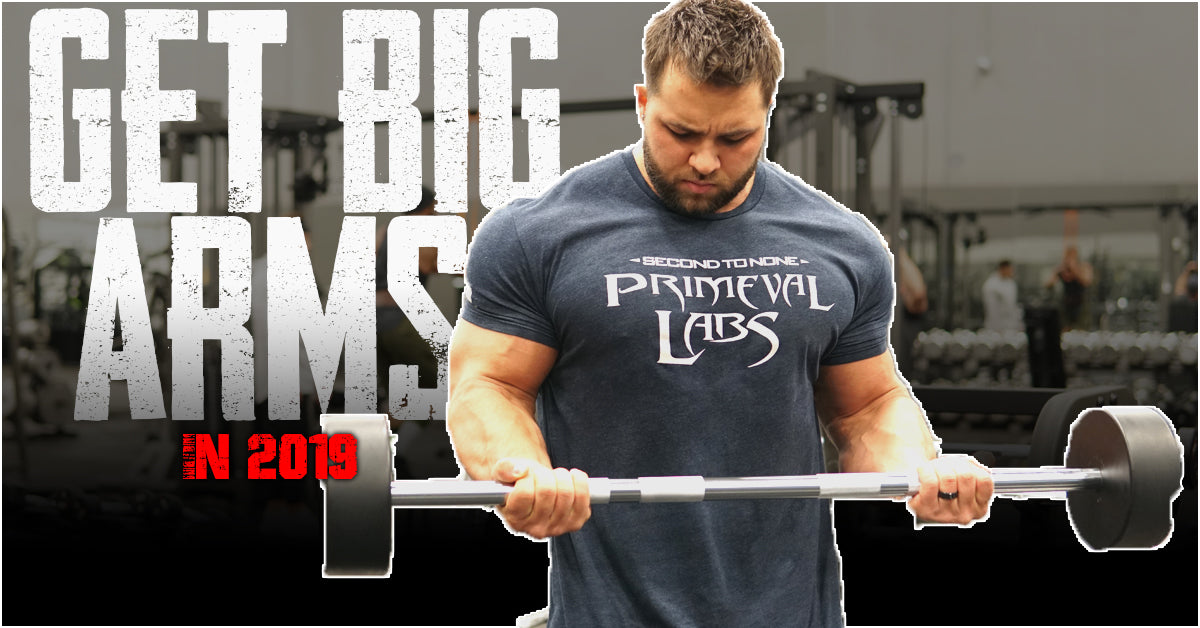




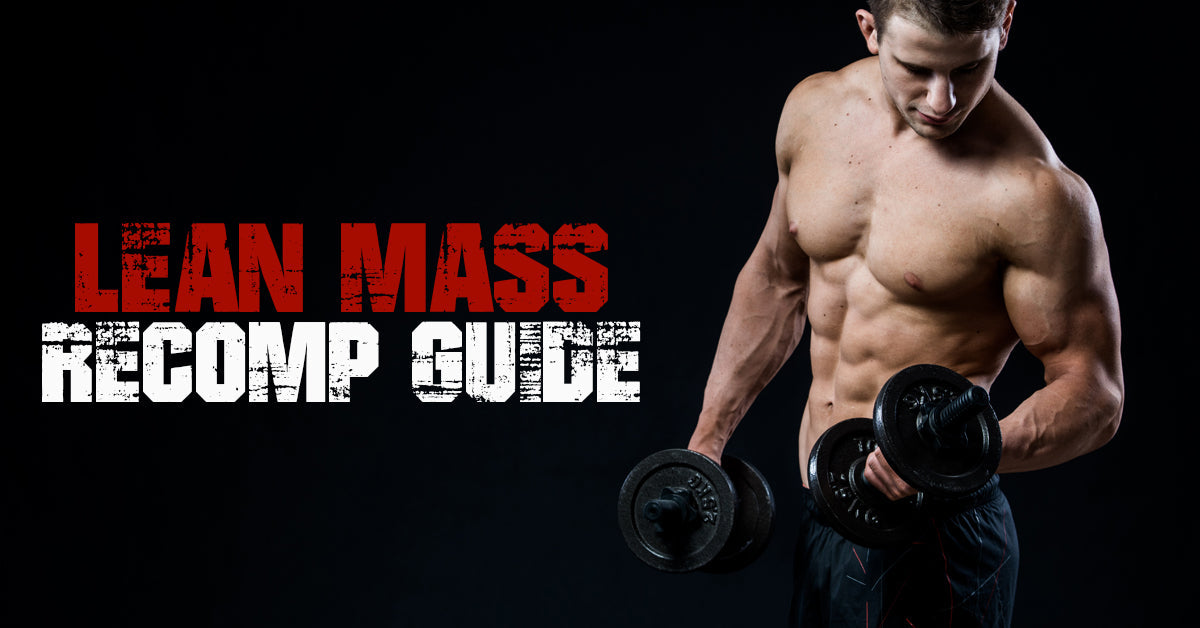
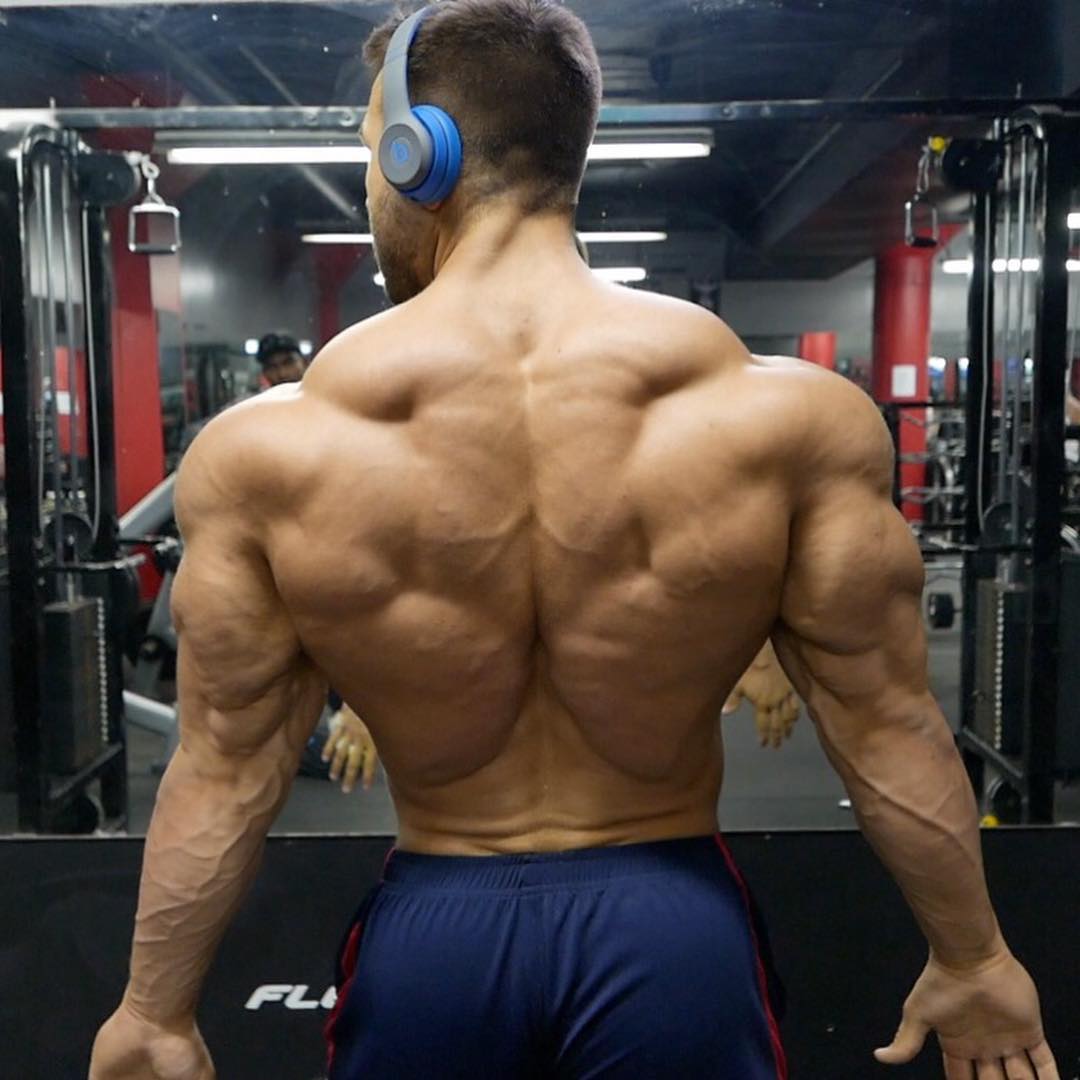
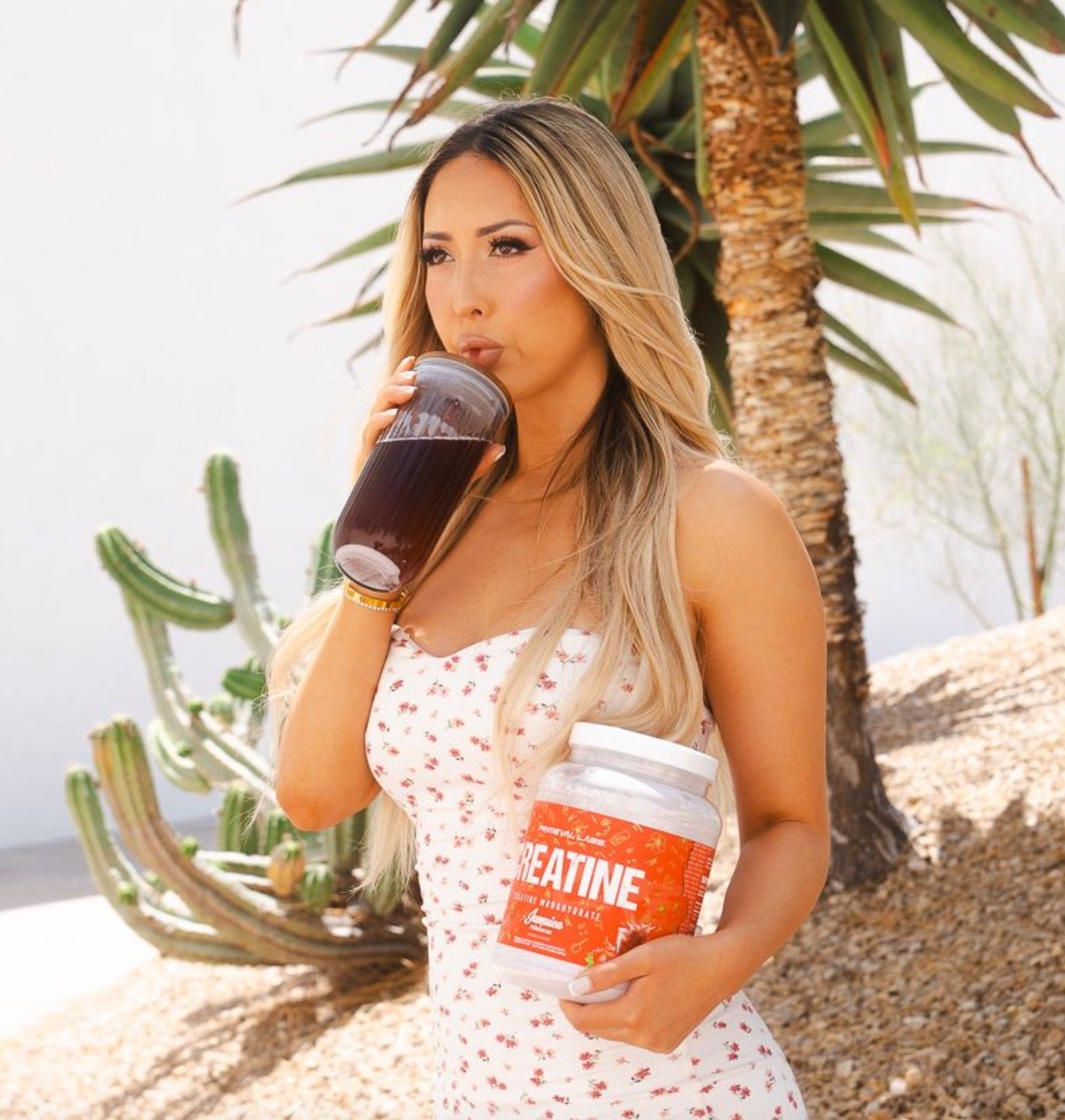
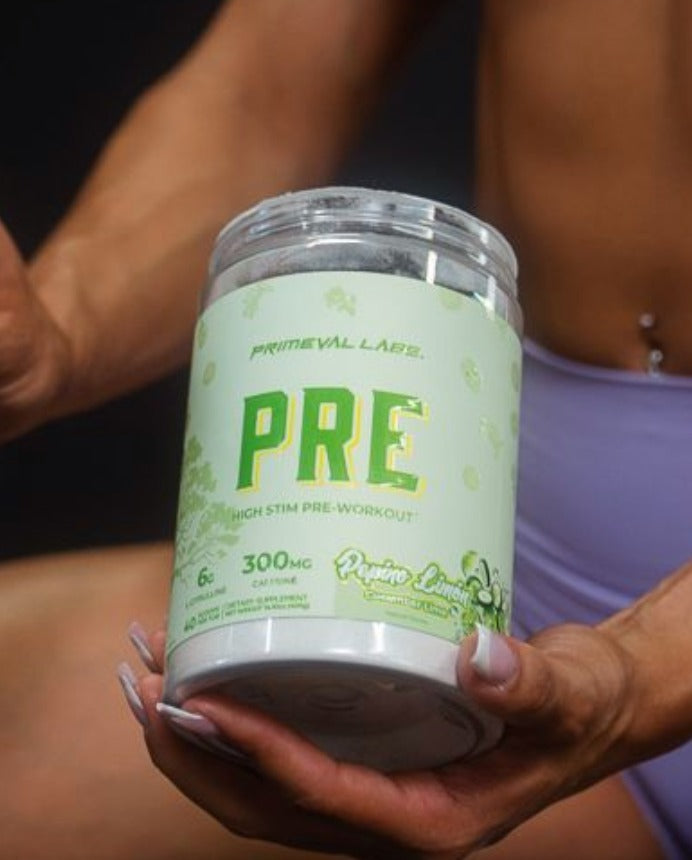
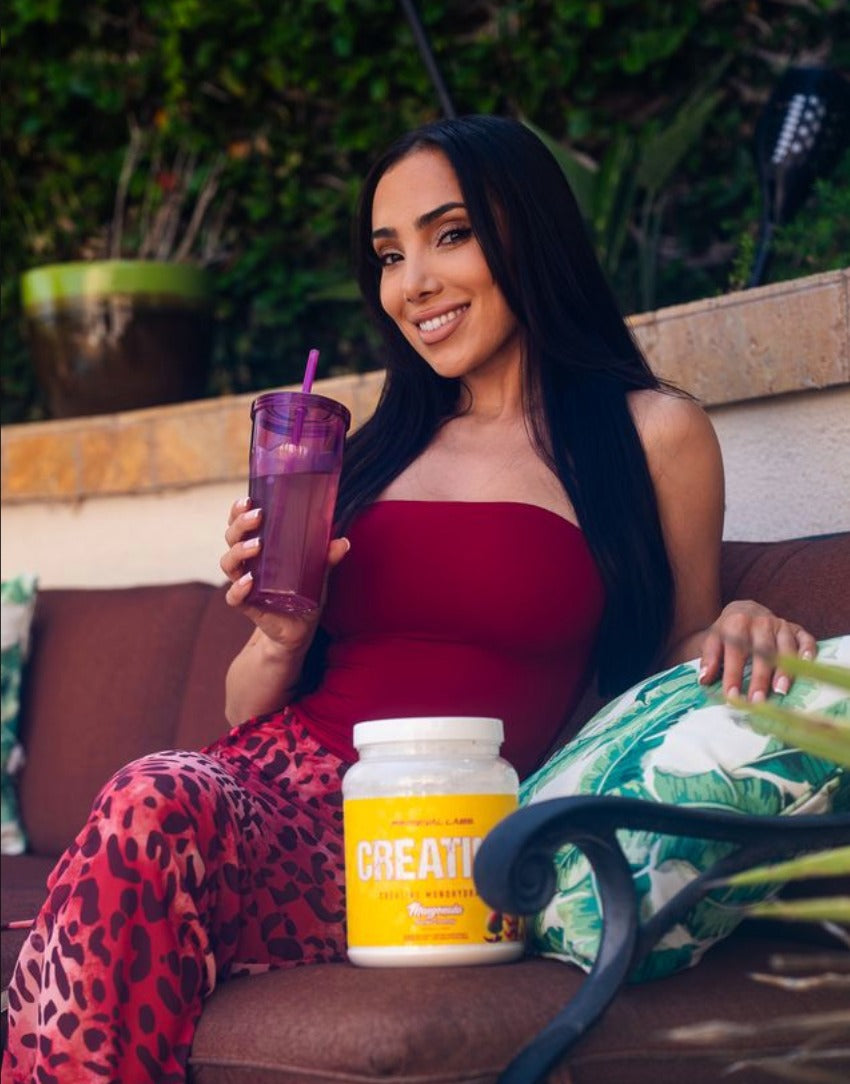
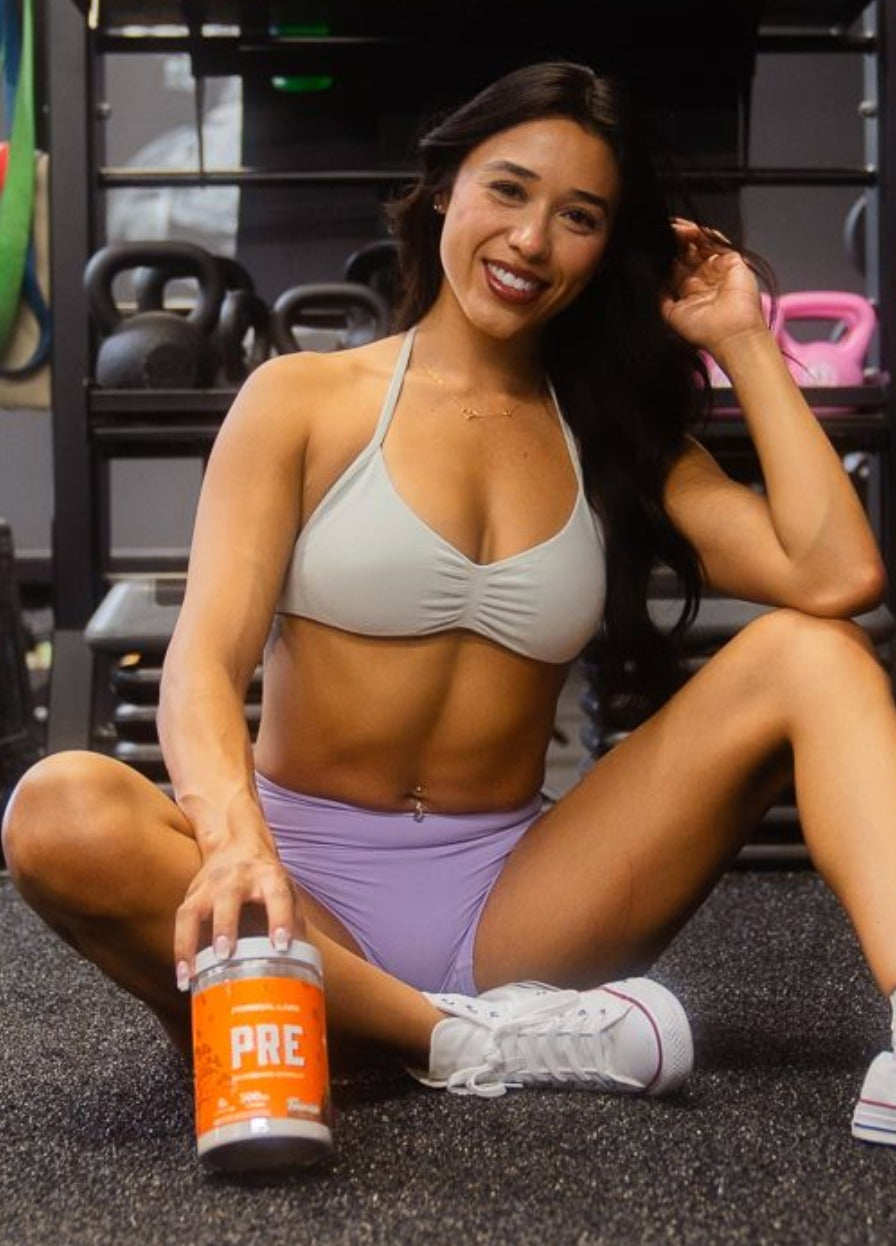
Leave a comment
This site is protected by hCaptcha and the hCaptcha Privacy Policy and Terms of Service apply.